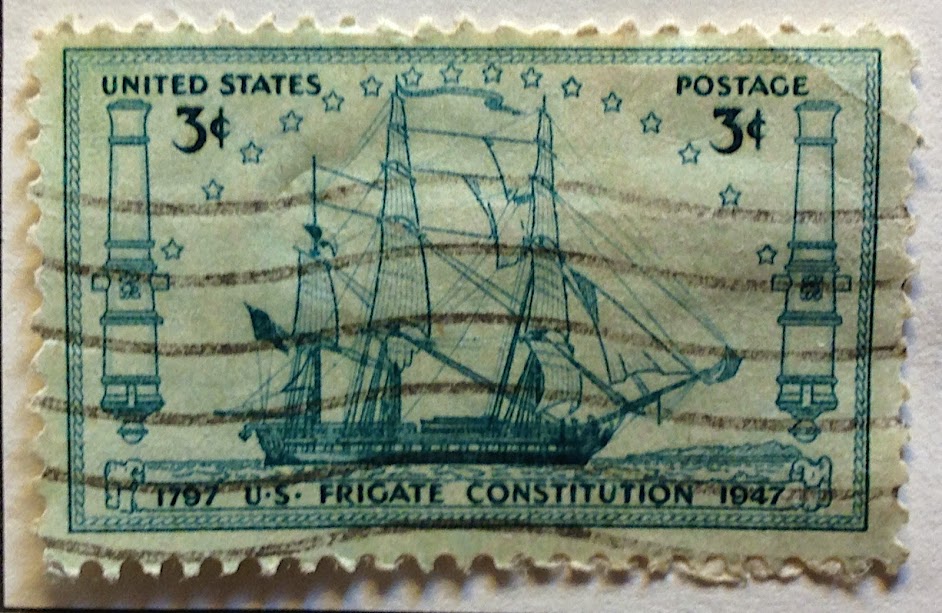Less well known is her long and active career as feminist, abolitionist, and advocate of Native American rights. Still less well known is the fact that she lived here in the Pioneer Valley from 1838 to 1841.
Here is a fragment of one of her letters from my collection.
One longs to know who or what is at issue here. Child was well acquainted with the press and competition. She had to earn a living by her pen, but already in the 1830s, her increasingly outspoken abolitionism alienated some of her readers. The National Women's History Museum observes, her radicalism "created an uproar among family friends, who bankrupted Child’s magazine by cutting off their children’s subscriptions to Juvenile Miscellany . . . sales of her work in other areas suffered from the controversy over slavery."
Still, she had a following, and by the time of the Civil War, when this document was gifted to an admirer, opposition to slavery was national policy rather than political eccentricity. The common but barbarous practice of clipping pieces from famous writers' manuscripts and distributing them as souvenirs--or holy relics, like hairs from Peter the Hermit's donkey--drives historians and archivists to distraction, but is as good a proof as any of the new-found status of the author in the nineteenth century.
The Women's History Museum notes, laconically, "She joined her husband during the late 1830s in an agrarian enterprise doomed to fail; like Louisa May Alcott, whose writing supported her father’s family while he experimented with utopian agronomy, Lydia Child soon needed income. In 1841, she moved to New York and edited the weekly National Anti-Slavery Standard . . . ."
This is the story that Steve Strimer of the David Ruggles Center addressed in today's talk at the Amherst History Museum on utopianism in the nineteenth-century Northampton area. Child and her husband David joined abolitionist friends here in an attempt to cultivate sugar beets.
She didn't much enjoy her surroundings:
I never was in a place that I liked less that Northampton, nor have I ever in my life spent so unhappy a year as I spent there. Nature has been lavish of beauty, but the human soul is stagnant there. My strong love of freedom could ill endure the bigotry and intolerance that prevails. (June 9, 1839)In the meantime, the Calvinism is long gone, and Child might finally feel at home in the Pioneer Valley.
As for the Connecticut Valley, I dislike it more and more, every week I live. If I buy a pound of butter, it is sure to fall short an ounce … Calvinism sits here enthroned, with high ears, blue nose, thin lips, and griping fist. I would I had lived in an age when the gaunt spectre had done his mission. (to Ellis Gray Loring, February 9, 1841)


















